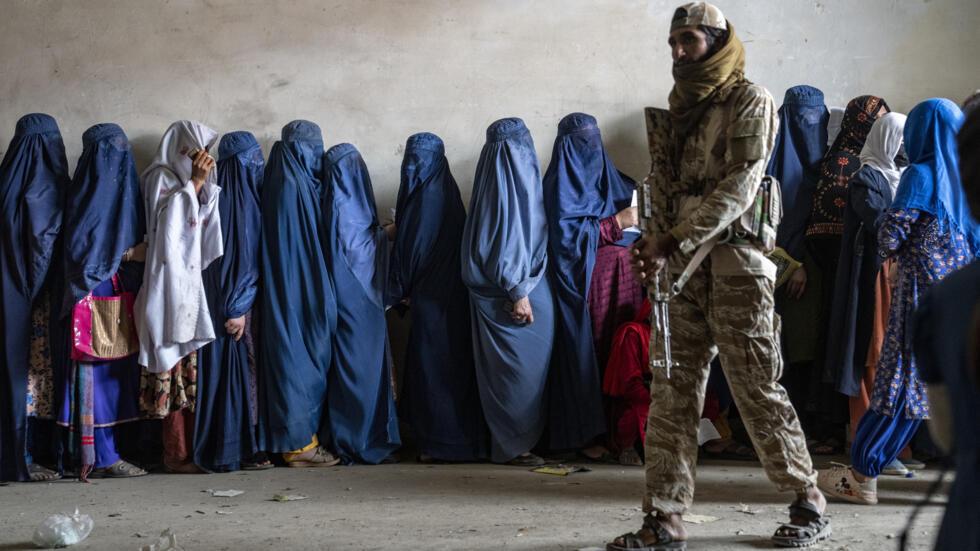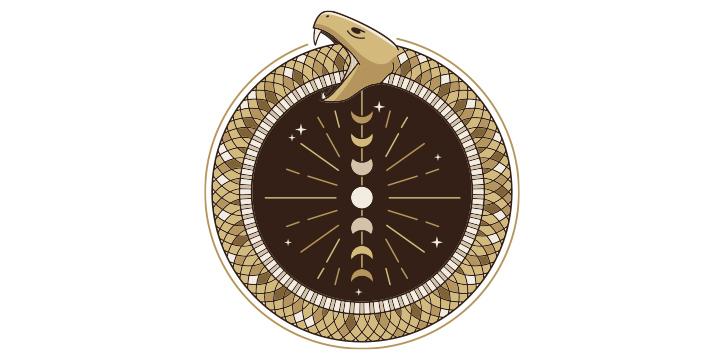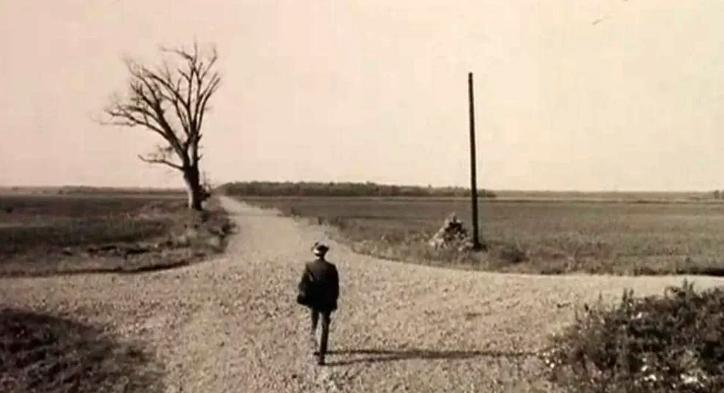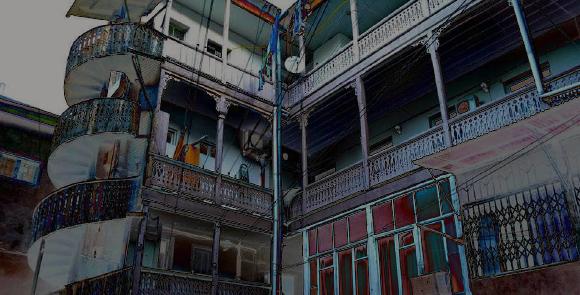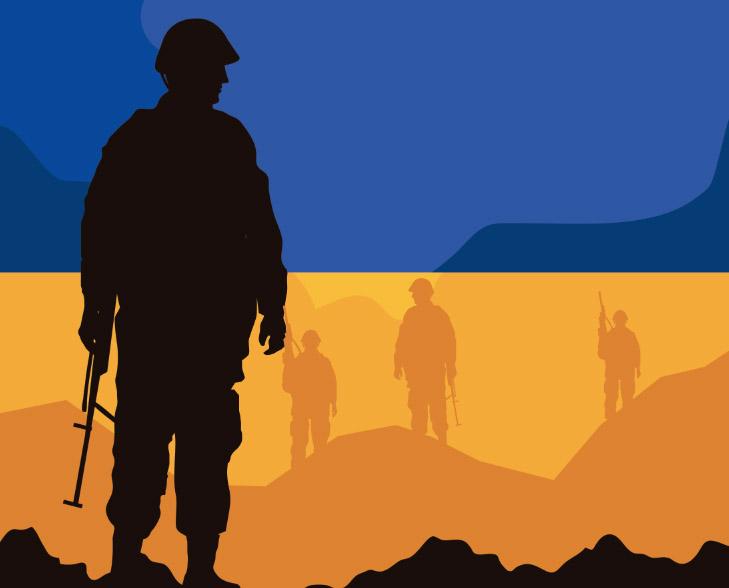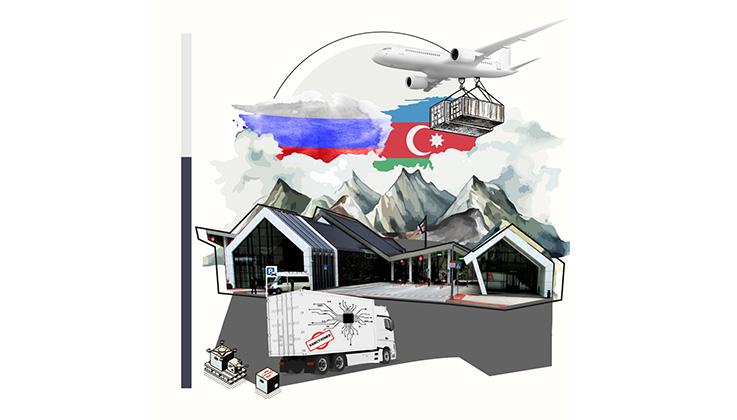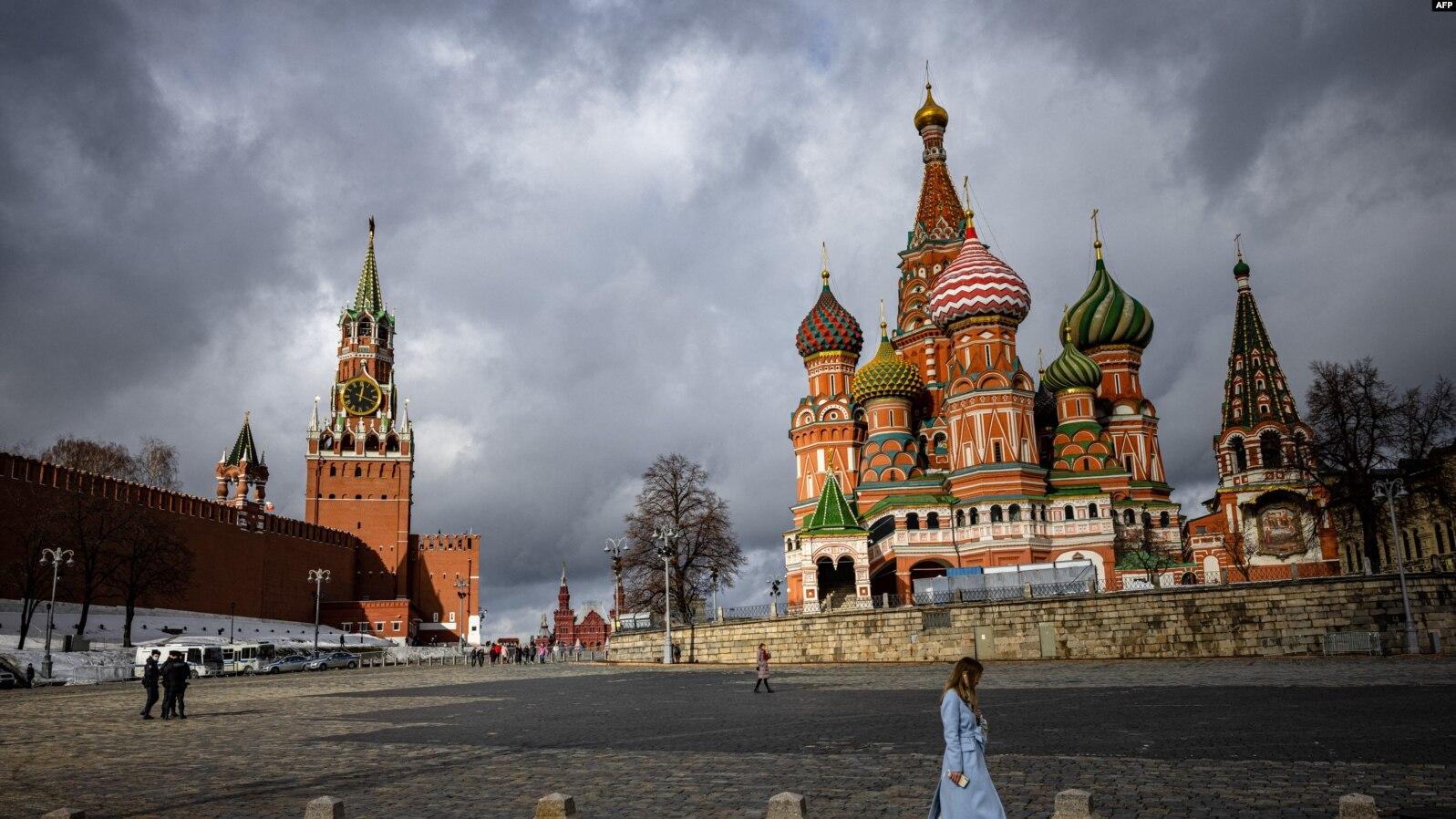
Author : Mikheil Antadze
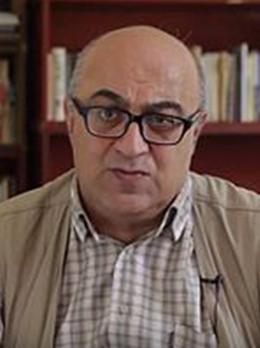
In ancient times, man-eaters lived where Moscow stands today. Herodotus, known as the “Father of History,” describes this in his encyclopedic work from the 5th century BC, a compilation of all the knowledge available to the civilization of that time on history, mythology, scientific thought, and geography, known as The Histories. He writes that beyond the land of the Scythians - located, according to the maps of Herodotus, in what is now Ukraine - in the dense forests and swamps northeast of present-day Chernihiv, lived barbarian tribes whom Herodotus calls the Androphages (Ανδροφαγοι means “cannibals” in ancient Greek). Herodotus marked their settlement area on his maps, covering the region roughly stretching from modern-day Smolensk eastward through Moscow to Kostroma. These barbarians lived deep within cramped forests and thickets. While the Scythians to the south had already adopted agriculture, kept domestic animals, lived in houses, and established rural communities, the Androphages still relied on gathering and hunting. They were part of a rare group that hunted not only animals but also humans. Herodotus notes that the Androphages observed particularly savage customs. This was an epoch when civilizations flourished in Greece, Persia, Egypt, and Phoenicia. Alphabetic writing and literary works emerged, seafaring and trade expanded, and the Greeks and Phoenicians dominated North Africa and Southern Europe. Philosophical thought was flourishing, and trade routes expanded in all directions, extending even to the Scythian territories inhabited by so-called barbarians and to the Sarmatians further east. Civilizations like Mesopotamia, Egypt, China, and India had already existed for three centuries. Although trade routes extended toward barbarian lands as well, Herodotus notes that both civilized and barbarian peoples alike avoided the dense, forested region where the Androphages roamed. Neighboring groups were well aware of their bloodthirsty customs and kept their distance. Herodotus emphasizes that any foreigner who fell into the hands of the Androphages was burned alive according to their custom; if they had no foreigner, they could buy their own from their own people, and the same fate awaited these unfortunates. They were tortured for a long time, burned slowly with flaming torches, and finally devoured with gusto. The skulls of the victims with their hair were pinned to their chests and worn proudly as medals or decorations. Obviously, this was due to the rules of their cult and primitive mythology. However, the craze for medals and epaulettes in the Russian Empire or the Soviet Union suggests that ancient mythological archetypes endured. According to Herodotus, the skulls of the slain were also used as cups.
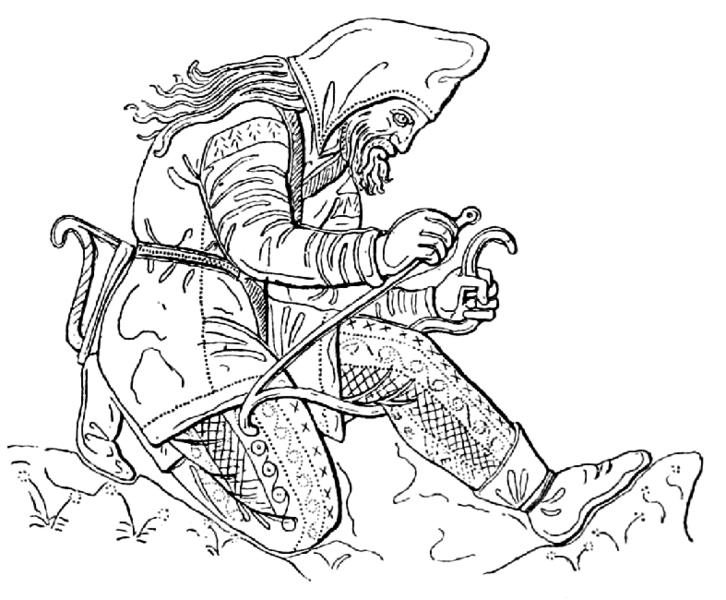
Called Androphages by the Greeks, the indigenous cannibals of Moscow and the surrounding areas remained in the Stone Age for the longest time, hunting and fighting with flint arrows, while the Bronze and Copper Ages were already forgotten in the ancient world, and the ancestors of the Georgians, the Chalybes, already possessed know-how of processing iron and steel, which was used across the whole civilized world. Even during the heyday of the Roman Empire, there were no major changes in the lifestyle of the Androphages. Pliny the Elder, who lived in the first century A.D., says in his Natural History that the Androphages have the wildest customs among men, they have no law and justice, they roam the forests, but wear the same clothes as the Scythians and generally try to imitate them, however, by nature they are all ruthless robbers and murderers and in this respect they are much worse than the Scythians.
According to the view of modern Western historiography, the Androphages migrated from the north in prehistoric times, but stopped at the northern border of the Scythian settlement and took over the so-called “Polesie” (the territory of modern-day Moscow).
For a long time, the Androphages did not experience any progressive development, except for their imitation of Scythian clothing and the fact that, according to Pliny the Elder, the Scythians taught them to wash their hands and wipe their bottoms. Meanwhile, Christianity spread throughout the Western world - including the Georgian kingdoms, Kartli and Egrisi - and after a few centuries was declared the state religion of the Roman Empire. After the collapse of the western part of the Roman Empire, the long process of forming the modern European ethnos began.
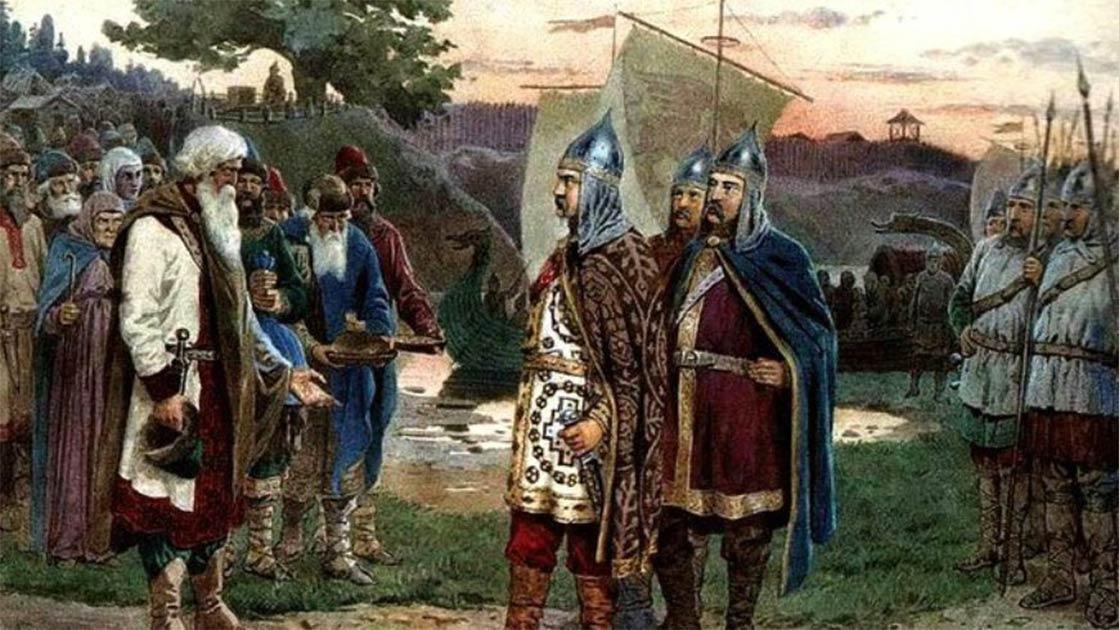
In the East, Rome maintained its empire for another thousand years. Before that, a new religion, Islam, was born in the Arabian Peninsula and spread rapidly in Asia and North Africa. The conquest of countries with high culture and civilization (Syria, Egypt, and Antioch) turned the Arab Caliphate into an empire with a developed culture and contributed to the revival of ancient culture in Europe, including Georgia.
However, the Arabs also converted the nomadic peoples of Central Asia to Islam, which led to a long Turkish expansion. The Seljuk Turks conquered much of the Arab Caliphate and suppressed the Eastern Roman Empire. Meanwhile, the Androphages living in Polesie remained in the Stone Age. Many medieval maps are accompanied by drawings of the Androphages feasting on human flesh. However, it is clear that in the northern territories adjacent to Byzantium, great changes characteristic of that era took place: as a result of a great migration from the southwest to the Scythian territories, people of Slavic origin appeared, with whom the Vikings (Varyags) from the north mixed. The closest of them to Byzantium was Bulgaria, from where Christianity and its writings spread to the north. The Eastern Slavs created a centralized state, Kievan Rus, the main cities of which were Kiev and Novgorod. At the same time, Slavic tribes - Elmins, Vyatiches, and Kiviches - invaded and settled in the southern territories of Polesie, and later these territories became part of the Christianized Kievan state, but even then there were still man-eating Androphages there. The Turks, whose expansion extended not only southwest but also north of the Caspian Sea, referred to these people as kasabi (i.e. butchers), whom they shunned due to their cannibalistic practices. In the territories occupied by the Slavs, the indigenous Androphagous people were assimilated, adopting agriculture and animal husbandry. This led to the emergence of Finno-Ugric ethnic groups, such as the Chud, Moksha, Mari, and Murom. Most of these names have Turkic origins and are derived from the word “mordva,” which again means “cannibals.” In the Russian Federation, there is still an ethnos called Mordva (indeed, the Patriarch of Russia, Kirill, is a Mordvin). The Mordvins tried very hard to resemble civilized people, but, according to Turkic sources, because of jealousy and stupidity they could not tolerate the Slavs and their states, often attacking, robbing, and oppressing them. Despite the forced conversion to Christianity, they still fled to swamps and dense forests, where they worshipped their idols and performed rites of the cult of the dead.
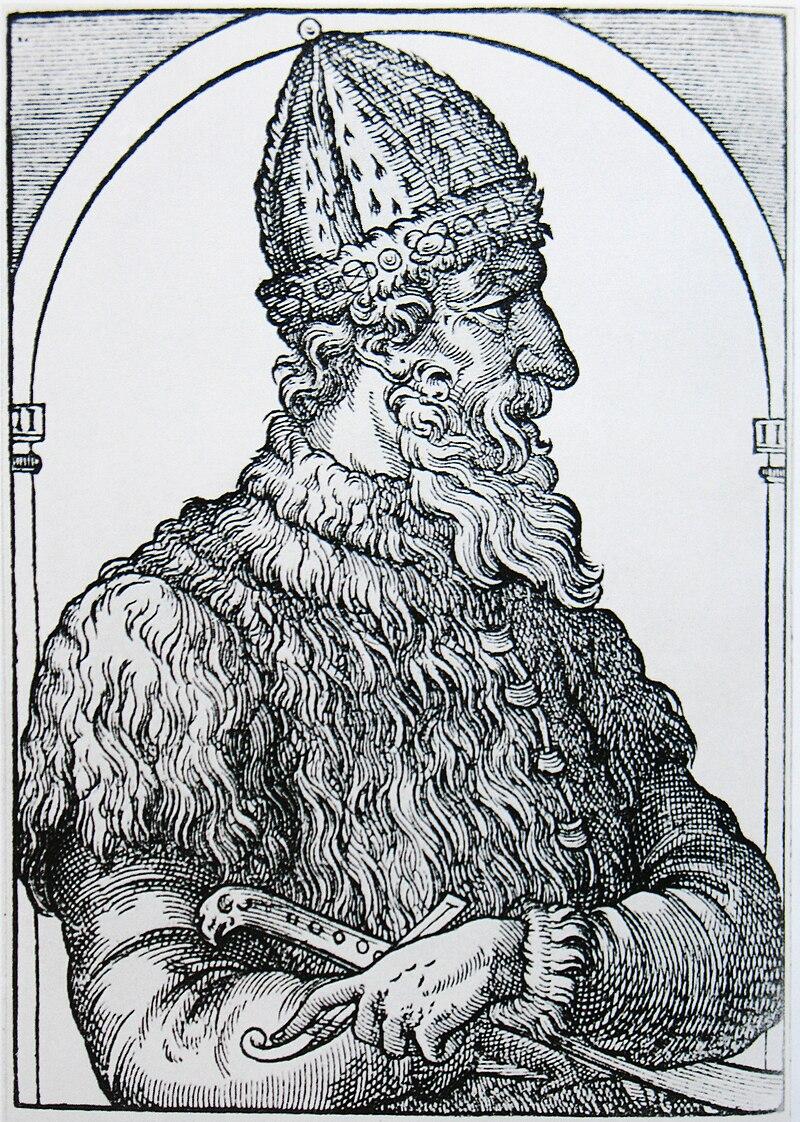
It should come as no surprise that the Genghis Khan-style Mongol-Tatar invasion established some governmental order and discipline among these savage peoples. However, the Mongols and Tatars themselves, who possessed one of the most developed, tolerant, and civilized empires of their time, held these people in very low esteem, and every local leader or boyar called every other local leader or boyar a puppy of Khan, or a licker of dust from his feet and similar humiliating epithets. Khan’s vast empire, the largest continental empire of all time, soon disintegrated. For example, they left Georgia after 70-80 years, the siege of Vienna lasted only a few months, although before that they had completely conquered Eastern Europe, the Kingdom of Kiev, Poland, and Hungary. But the powerful state of the Mongol-Tatars - the “Golden Horde” - remained in the Volga region and the former territories of the Androphages for another 200 years, which led to a strong assimilation of the local population. To cannibalism was now added the idea of world conquest, similar to that of Genghis Khan. In the 15th century, when the Byzantine Empire was destroyed by the Ottomans, the local princes were still considered Mongol-Tatar vassals. The Mongol-Tatars founded the Moscow Ulus, which differed from other ulus in that their local elite were the first to propose to Khan that they collect tribute from the locals themselves, rather than bothering the army to do so. At the cost of their own people’s lives, the Muscovite princes expanded their sovereign powers, though they were still seen as subservient to the Khans. Ivan Vasilyevich III, a great Muscovite leader and vassal of Sayyid Ahmed Khan, the ruler of the Golden Horde, bore the official title of “sole-licker” as a mark of submission. Yet, in him, the old animosity of the Slavs rekindled with renewed vigor. With the help of the Mongol-Tatar army, he burned the city of Novgorod (Kievan Rus was disintegrated after the Mongol invasions, and Novgorod, as a republican city-state, served as an important the economic center for a long time). It was during the reign of Ivan III that two crazy ideas were conceived in the Principality of Moscow - the first being that Moscow should replace Constantinople in the Christian world and be called the “Third Rome,” and the second being the ambition to unify the so-called “Russian lands” under Muscovy control.
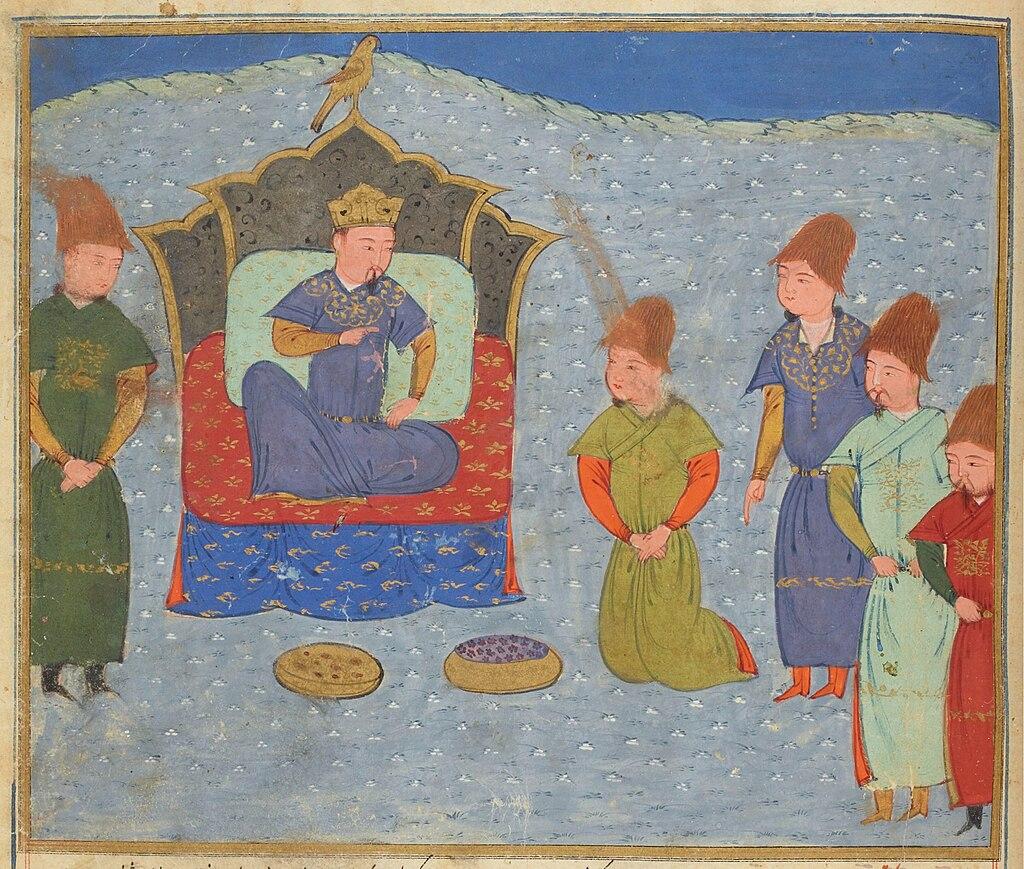
A long period of wars and confrontation with European countries began, when the Muscovy rulers appropriated the heritage of old Kiev in their princely titles, calling themselves “Princes of All Russia.” The Muscovy princes revived their unifying ambitions and began again with Novgorod. In the 16th century, as the age of land exploration began in Europe and a new era of ecclesiastical reformation started, Moscow’s Tsar Ivan Vasilyevich IV, grandson of Ivan III, also known as Ivan the Terrible, returned to Novgorod. This time he destroyed, burned, and ravaged the city, effectively ending its independence as a republic. This time Ivan the Terrible no longer needed the help of the Mongol army, and he himself created the so-called “Oprichnaya” army: with brutal ruthlessness they began to conquer neighboring ethnic groups and destroy their independence. Oleg Panfilov, a historian and journalist, and a great friend of Georgia, in his book Anti-Soviet Stories develops the opinion that the “Oprichnina” started by Ivan the Terrible never ended, and that modern Russia is not an ordinary country of typical origin, created on the historical basis of ethnic and feudal sovereignty, but rather is a grandiose conquest project based on Genghis Khan’s “idea of world domination.” Following the conquest of the Ural lands to the west, Moscow’s expansion turned eastward. Over 200 years of bloody wars led to the decimation of numerous Siberian ethnic groups, extending Moscow’s reach beyond Siberia to Kamchatka, Chukotka, and the Far East. Turkestan (Central Asia) soon followed. Meanwhile, in Europe, the “gathering of lands” continued unabated. The Caucasus, the Carpathians, Bessarabia, Poland, Finland, and other regions were absorbed into this reconstituted empire, echoing the legacy of Genghis Khan.
We have not once referred to the conqueror as “Russia” up to now. This is because the country only began to be known by this name in the 18th century. Prior to that, even on European maps from the 16th and 17th centuries—such as those King Louis XIV might have seen—this territory was labeled as “Tartaria,” or the land of the Tatars, evoking associations with the ancient Greek Tartaros (i.e. hell). The locals themselves called their state “Muscovy.” It is also worth noting that until the 18th century, in the forested swamps of the region, numerous huts stood on slender supports, reminiscent of chicken legs. These huts, where the deceased were cremated in ovens, may reflect traces of an ancient custom, with some researchers suggesting that cannibalistic practices survived within these pagan traditions. This setting also likely inspired the folk character Baba Yaga, or more precisely Babayagha—a name stemming from Turkish origins, with “Babai” and “Agha” roughly meaning “father” and “lord.” The strong influence of the Mongol-Tatars is further underscored by the Russian word батя (father), which is derived from Batu Qaen’s name.
An attempt to end Baba Yaga’s rampage was made by the Moscow Tsar Peter I, a representative of the Romanov dynasty, after he had traveled to Europe. His great-grandfather, Mikhail Fedorovich, had ascended the throne following the overthrow of the self-proclaimed Tsar False Dmitry II, after the “Time of Troubles”—a decades-long power struggle in Moscow. The Romanovs began their rule by publicly executing Dmitry II, his wife, the Polish princess Maria Mnishek, and their three-year-old son in front of the Kremlin. This unprecedented punishment of a young child would, in a tragic echo three centuries later, be repeated when the last Romanov, Tsar Nicholas II, along with his own young children, was executed by the Communists.
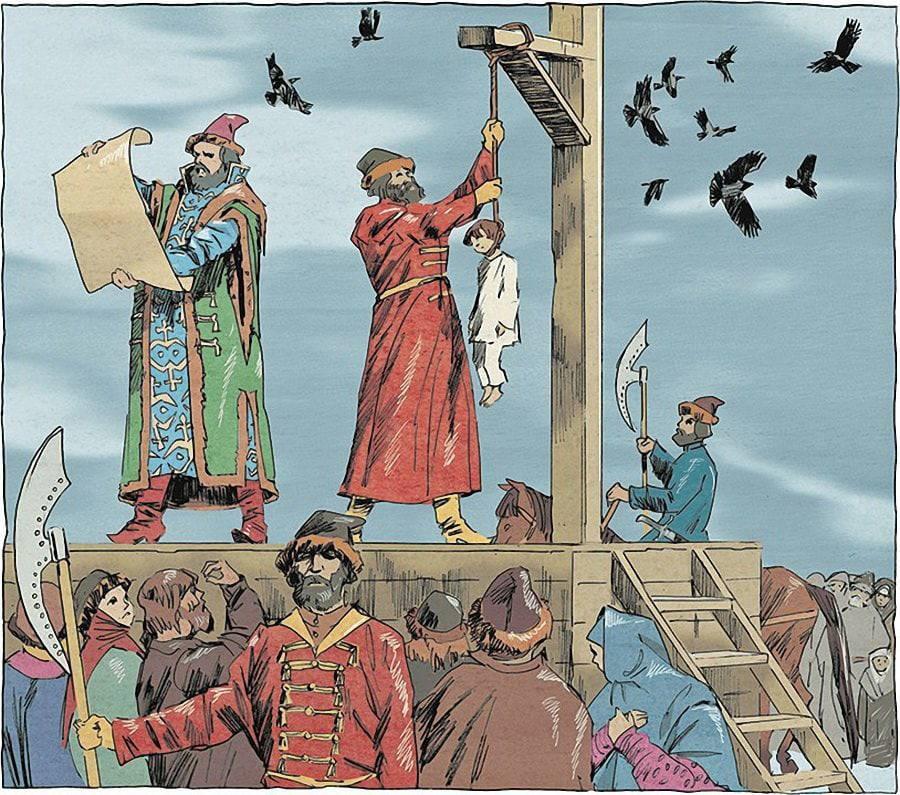
Now let us return to Peter I, known to us as Peter the Great. It was he who officially named his country Russia in the first quarter of the 18th century. It should be noted that in the ancient name of the country (Kievan Rus) and in later terminology this word was always pronounced with the letter “u,” and the question is therefore where the “o” came from. Obviously, it is from Greek, because the letter “u” does not exist in the Greek alphabet, and in Byzantine documents this word was written with the letter “o” (still written this way – Ρωσία). Peter, trying to Europeanize a wild country, on the one hand appropriated the name of the old Kievan kingdom, and on the other hand changed it in a foreign way, thus emphasizing the supposed Byzantine ties of his country. This, of course, was a lie designed to enhance his prestige in the eyes of Europe. For the same purpose, with the help of invited Europeans, he built a completely Western city near Europe, called it Petersburg in the Western manner, and moved the capital there from Moscow. For the same reason, Peter laid the foundation for rewriting, mythologizing, and falsifying the history of “Russia.” He forced the nobility (boyars) to shave their beards and required them to observe elementary standards of hygiene, although nothing changed in the lives of ordinary people (slavery was abolished in Russia only in 1861). Peter also “took care” of the Church, abolishing the Moscow Patriarchate and entrusting the administration of religion to a collegium headed by an Ober- Prokuror (senior prosecutor). In the 18th century, along with the forced Europeanization of the country, there was a great reform of the language, because the language of the inhabitants of Muscovy was a mixture of Finno-Ugric, Tatar, Turkish, Mongolian, and Old Slavonic languages that came with Christianity. That is why even the texts of the 17th century are completely incomprehensible to the present-day Russian reader. The reform was completed only at the beginning of the 19th century, and the Russian language came to conform to modern parameters. It is generally recognized that the creation of the modern Russian language is mainly due to one particular person, Alexander Pushkin. The Europeanization of the empire led to a great cultural upsurge in the nineteenth century, although in reality it all lasted little more than a century. The Bolsheviks, who moved the capital from St. Petersburg back to Moscow shortly after the bloody coup, caused a rapid degradation of culture, and modern Russia re-presented Russian culture as the antithesis of everything Western. In the end, Peter the Great’s project of Europeanization failed (except for the idea of communism, which was imported from Europe and implemented with unprecedented cruelty). The main essence and business of this state remained to “gather” the “Russian lands” and to wage wars of conquest again and again.
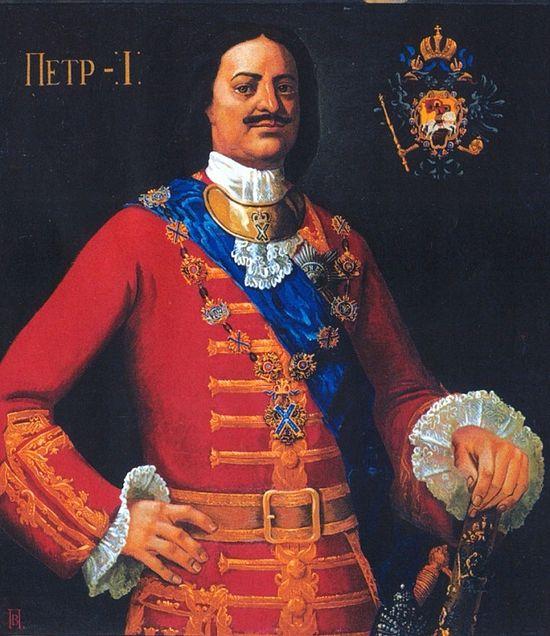
Now, “Russia” is trying to “reclaim” Ukraine. From all of the history introduced above, it is clear how baseless the idea is of the Slavic origin of the Muscovites and the claim to the unification of the Slavic states. However, this is only one part of a cannibalistic tactic. The false, propagandistic version of modern Russian history has already taken deep root in the consciousness of Russian citizens. A chilling impression is left by an interview of a Moscow teenager circulating online, in which he says that Russia must conquer not only Europe, not only the world, but the entire solar system. When asked by a surprised journalist how it is that the Russian army, for example, will enter Paris and she would bathe in the fountains there, the teenager responded bluntly: “All the French, and indeed all people, will be Russian; we will conquer the solar system, and everything will be fine.”
Today, terrible propaganda poison is produced in the Kremlin, where the chief Androphagous seemingly still resides…

